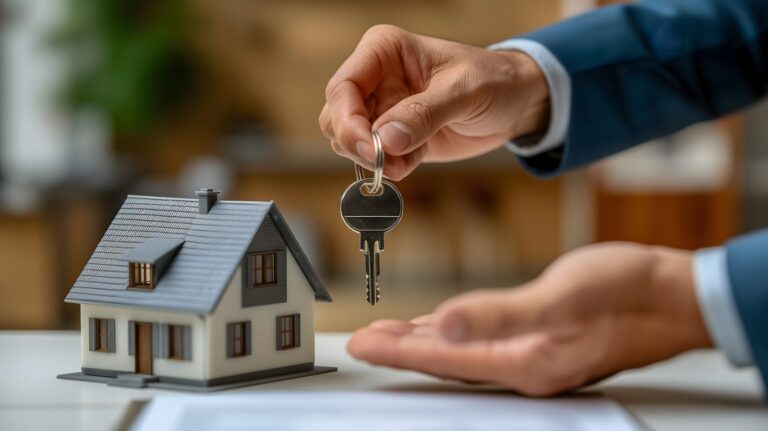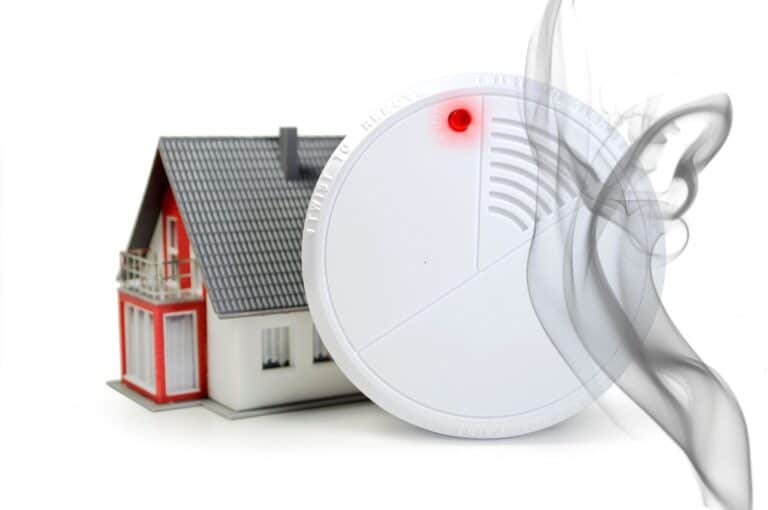Whether you are a new first home owner, a long-time property owner, or just renting a house in Australia, there are certain things every homeowner should know where to find on their property.
Where To Find The Switchboard
Every house in Australia will have a switchboard. The switchboard in a home is typically mounted on a wall and contains a main switch that controls the power supply to the entire house. It also has individual switches or circuit breakers that control the power supply to different areas or appliances in the home, such as lights, outlets, heating and cooling systems, and kitchen appliances.
There are two main reasons why you should know the location of your switchboard: In case you have a tripped fuse. A faulty appliance may cause a fuse to trip, which is a protection mechanism. You can reset the switch at your switchboard, therefore restoring power. Additionally, you can use your switchboard to shut off power to a specific part of your home in order to conduct some DIY work in a safe manner, such as changing a lightbulb in a bedroom.
Sewer Access Point
Most urban homes in Australia will connect straight to the mains. This means your waste water pipes will be connected to a main sewage line from when the house was built. Therefore, you likely will not have a sewer access point.
Rural homes in Australia will not have this setup as there is not enough housing to warrant the use of a main sewage line. These properties will have a septic tank where sewage will be collected.
This will be located underground, generally under the lawn, with an access point located on top. The access point will often be a white plastic cap covering the access point to the septic tank. It is important to know that a septic tank often needs to be emptied every 3-5 years.
Water Shut-Off
Emergencies
In the event of a burst pipe or other plumbing emergency. It is important to know where your water shut-off valve is located so you can quickly turn off the water supply to your home or building. This can help prevent water damage and flooding.
Maintenance
If you need an emergency plumber to perform maintenance or repairs on your plumbing system. Then you may need to turn off the water supply. Knowing where your water shut-off valve is located can make it easier to perform these tasks.
Property improvements
If you plan to make any improvements to your property that involve plumbing. Such as getting a hot water cylinder installation performed in order to replace your outdated hot water heating system. You will need to know the location of your water shut-off valve to ensure that you can turn off the water supply during the installation process.
Smoke Alarms
One of the most important things a homeowner should know where to find is smoke alarms. These devices are usually located on the ceiling in multiple rooms throughout the house. They are life-saving devices that alert when smoke is detected in the event of a fire.
A homeowner should know which rooms have smoke alarms and how many there are throughout the house. These alarms should be tested regularly to ensure they are working correctly and maintained.
Where To Find The Gas Meter
A gas meter is typically secured in a metal housing or cabinet. Which is designed to protect the metre from damage and unauthorised access. The housing or cabinet is usually attached to the exterior wall of a building.
Safety
In the event of a gas leak or emergency, it is important to know where your gas meter is located. So you can turn off the gas supply to your home. Turning off the gas supply can help prevent fires, explosions, and other hazards.
Gas Bills
Your gas meter is used to measure the amount of gas you use. Which is used to calculate your gas bill. Knowing where your gas meter is located can help ensure that you are accurately charged for the gas you use.
Gas Metre Inspections
Your gas meter may need to be inspected or serviced periodically. Knowing where your gas meter is located can make it easier for the gas company or a licensed professional to access the meter for maintenance or repairs.
Finding The Roof Access Hatch
The roof access hatch is an access point into the roof of your house. It is important for a household owner to know the location of your roof access hatch. In case your roof needs to be accessed for things such as light fittings, insulation, or to address a roof leak. The location of your roof access hatch will depend on the layout of your property. Commonly the roof access hatch can be located in wardrobes, garages or a utility closet.
Your Property Line
Property disputes
Knowing where your property lines are located can help prevent disputes with your neighbours over property boundaries. Without clearly defined property lines, there is a risk of encroachment or trespassing on your neighbour’s property. Or having your neighbour encroach on your property.
Property improvements
Knowing your property lines is important. Especially if you plan to make any improvements to your property. Such as adding a fence, building an addition, or planting trees or shrubs. You will need to ensure that these improvements are located within your property lines to avoid potential legal issues or having to remove the improvements.
Legal Requirements
Local laws and regulations may require property owners to maintain certain distances from property lines when building or installing certain structures, such as pools or sheds. Knowing your property lines can help you ensure that you comply with these legal requirements.
How Do I Find the Boundary Lines of My Property?
Property title
Your property title will contain information about your property boundaries. You can obtain a copy of your title from Land Titles Australia. Which is the government agency responsible for maintaining property records in Australia.
Surveyor’s report
You can hire a licensed surveyor to conduct a survey of your property. The surveyor will use specialised equipment to locate and mark the boundary lines on your property. The surveyor’s report will provide detailed information about the location and dimensions of your property boundaries.
Council records
Your local council may also have records of your property boundaries. You can contact your local council to request access to these records.
Conclusion: 7 Things Every Australian Homeowner Should Know Where to Find
It is crucial that Australian homeowners are aware of the location and also the importance of these things as it can save stress and hassle in situations that require the homeowner to know the location and interact with the specified thing if necessary.
Take the time to explore your home and property and make sure you know the location of every single thing on this list. As you never know when you might need to know the location of it.




